
How to avoid dust in the house when using a wood stove: tips and tricks for a clean and healthy home

Is there anything more cozy and comforting than the warm glow of a burning fireplace on a cold night? For many of us, fire is a source of warmth and comfort in our homes, and there’s nothing better than relaxing in front of the flames after a long day. However, a question that often arises is: is it safe to leave the fireplace burning while we sleep? What are the risks associated with this practice, and how can we reduce them? In this article, we will provide you with key information to help you keep your home safe… Read on!
You should consider certain factors before deciding whether to leave your fireplace burning overnight.
The type of fireplace or wood stove you have at home is an important factor to consider. Modern stoves and fireplaces are designed to meet strict safety and energy efficiency standards, making them much safer than older fireplaces and stoves. If you have an older fireplace or wood stove, you should make sure it is in good condition and meets current safety codes.
The flue is the structure that allows chimney smoke to escape from the fireplace. If the flue is clogged or damaged, smoke can enter the home, increasing the risk of carbon monoxide poisoning. Make sure the flue is clean and in good condition before lighting the fireplace.
Proper venting is essential for safe and efficient combustion in a fireplace or wood stove. If your fireplace is too airtight or does not have good ventilation, lighting the fireplace while you sleep can be dangerous. Make sure there is sufficient ventilation in the room and that the ventilation is safe before lighting the fireplace.
It is essential to keep in mind that depending on the type of fireplace will also depend on the risks and safety measures. We recommend you read our post “Open or closed fireplaces – which is better?”
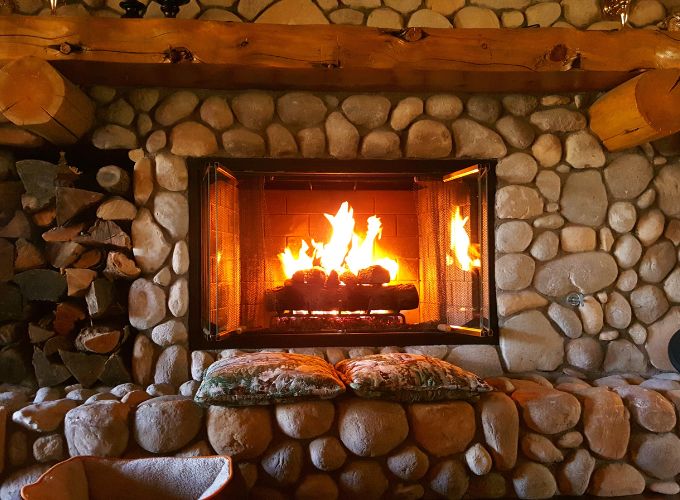
Open fireplaces provide a sense of warmth and ambiance in your home. However, they are less efficient than closed fireplaces and can present greater safety risks. Some of the risks associated with open fireplaces include:
If you decide to leave an open fireplace burning while you sleep, it is important to take steps to reduce these risks. Be sure to clean the chimney regularly and keep a spark screen in place to prevent sparks or embers from flying out of the fireplace.
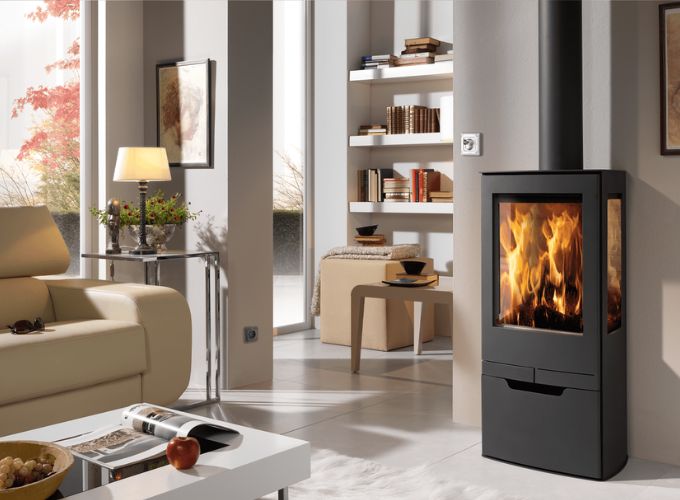
Closed fireplaces are more efficient than open fireplaces and are generally considered safer. However, there are still some risks you should consider if you decide to leave a closed fireplace burning while you sleep. Some of these risks include:
If you decide to leave a closed fireplace burning while you sleep, make sure it is well ventilated and burning the right fuel. In addition, it is important to have smoke and carbon monoxide detectors installed in your home and to keep them in good working order.
There are certain risks you should be aware of: carbon monoxide buildup, fires due to lack of fire supervision, or health problems associated with exposure to smoke or particles from the fireplace. Let’s take a closer look at each of them.
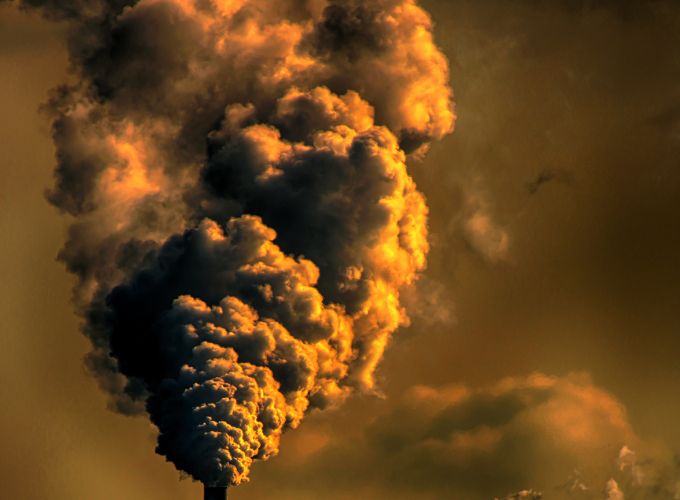
Carbon monoxide is an odorless, colorless gas that is produced when fuel is burned. If the fireplace or wood stove is not properly vented, is open or is not burning the proper fuel, carbon monoxide can build up and become dangerous. Symptoms of carbon monoxide poisoning may include headaches, nausea or dizziness.
Another risk of leaving the fireplace burning while you sleep is the risk of fire. If the fireplace or wood stove is not installed properly, fire can spread through the walls, ceilings and floors of your home. You may also run the risk of forgetting to turn off the fireplace before you go to bed, which could cause a fire while you sleep.
In addition to carbon monoxide, there are other health problems associated with exposure to smoke and particulates from the fireplace or woodstove. If you have respiratory problems, such as asthma or chronic lung disease, exposure to chimney smoke can worsen your symptoms.
If you decide to leave the fireplace burning while you sleep, it is important to take steps to reduce the associated risks. Here are some tips to keep your home safe while you enjoy the warm light and heat of the fireplace.
Proper chimney cleaning and maintenance is critical to reducing safety risks. Be sure to clean the chimney regularly and remove any soot and creosote buildup. Also, regularly check the condition of the chimney and make sure it is in good working order. If you notice any problems or if the chimney is not installed properly, call a professional to check it.
Proper use of the fireplace is also important to reduce safety hazards. Be sure to burn the proper fuel and not overload the fireplace with too much fuel. Also, avoid placing objects near the fireplace that can catch fire.
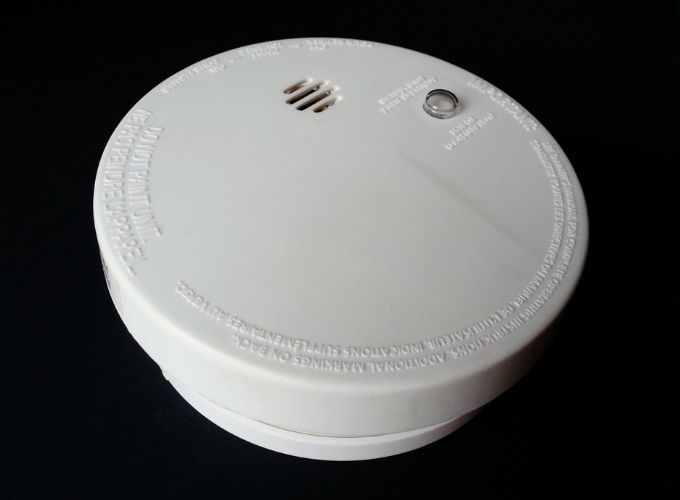
It is important to have smoke and carbon monoxide detectors installed in your home and to keep them in good working order. Smoke detectors can alert you if there is smoke in your home, while carbon monoxide detectors can alert you if there are dangerous levels of this invisible, odorless gas.
The most important rule is to never leave the fireplace burning unattended. Be sure to turn off the fireplace before going to bed or leaving the house. Also, make sure you have a fire extinguisher handy in case a fire occurs.
If you have any questions, please feel free to ask us! We hope this post has served as a guide. Take a look at our blog and find solutions and recommendations to help you with your fireplace or wood stove.
Visit our online store for Panadero wood stoves. If you have any questions or need help choosing the right stove, don’t hesitate to contact us. We will be happy to help you.
Articles of interest:
Did you like this article? If so, help us spread it 😊 . Click on the buttons below here and feel free to share it on your social networks!
Thank you for reading!
↓ ↓ ↓ ↓

How to avoid dust in the house when using a wood stove: tips and tricks for a clean and healthy home
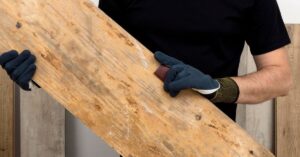
Learn how to remove mould from your wood for use by following the steps in this article.
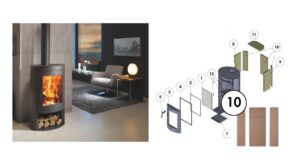
All you need to know: what it is, uses and benefits of wood stoves

The flue pipe. The silent piece that makes all the difference. You can have a high-performance wood-burning stove with impeccable design and the best double